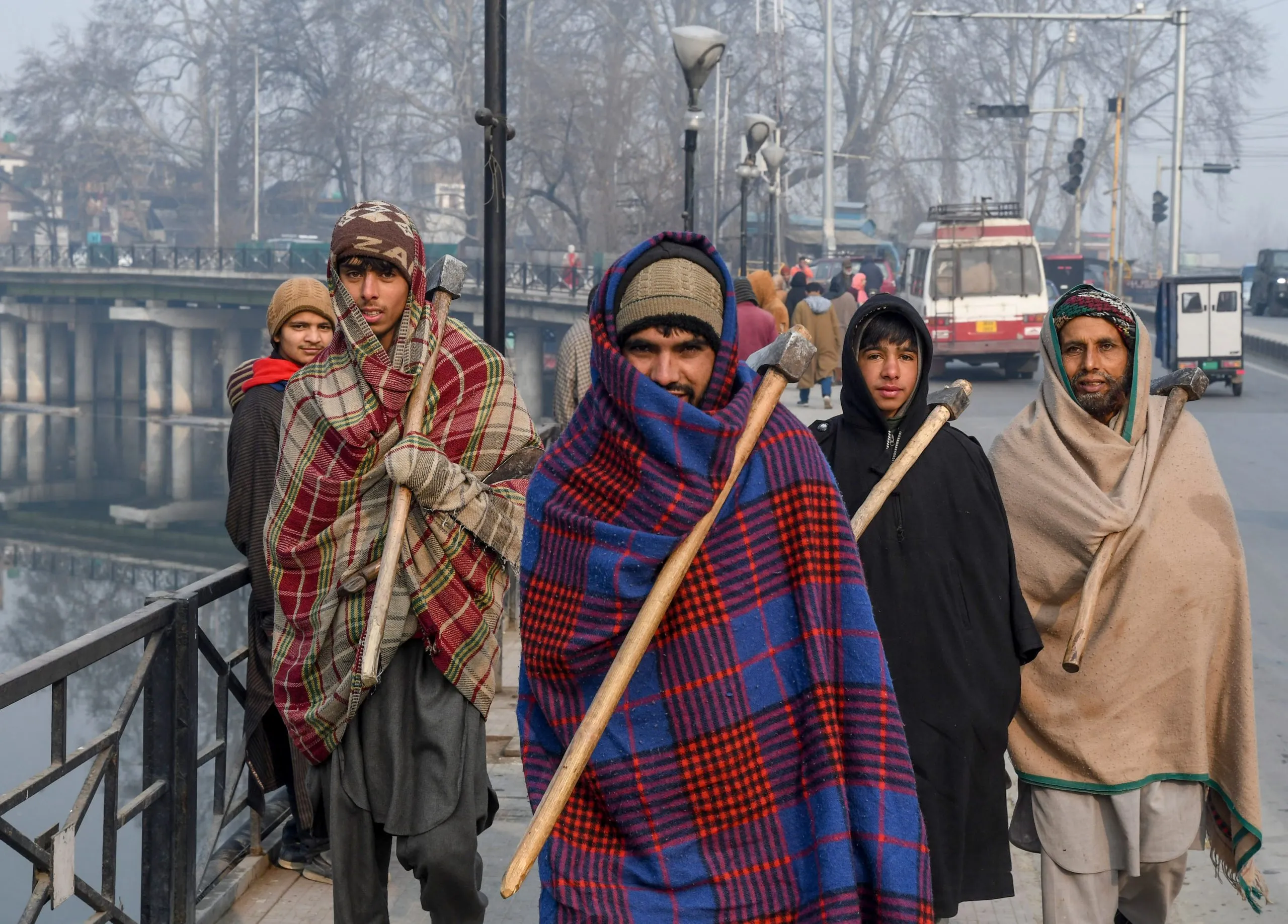
Australia is facing a dangerous bushfire season – with conditions similar to Black Summer in western Victoria – but dry soil levels and increased rainfall could combine to bring both bushfires and flash flooding across large parts of the country. Temperatures from April to October have been above, to very much above, average in almost the whole country. CFA chief officer Jason Heffernan speaks to media during the Australasian Fire and Emergency Service Authorities Council (AFAC) seasonal bushfire outlook launch in Melbourne.
Credit: AAPIMAGE In Victoria alone, there have been more than 150 bush and grass fires this year. The latest bushfire season outlook from the national council for fire and emergency services, AFAC, shows New South Wales is facing increased bushfire risks particularly around Deniliquin, Hillston, Walgett and Coonamble. West of the Great Dividing Range, increased grass growth has created ripe conditions for fast-moving grass fires, the authority said.

The central north and central south of NSW are at particular risk. In Victoria, large parts of the state are at increased bushfire risk, including most of the state’s west including Ballarat and Bendigo, and the north-east and south-west of the state. This also includes south Gippsland, the Mornington Peninsula and Greater Melbourne.
AFAC chief executive Rob Webb urged communities to plan early. “The dry winter and spring period across southern Australia mean the landscape is well primed for bushfires,” he said. “Communities should be ready for bushfires and have a plan in place.
” Country Fire Authority chief officer Jason Heffernan said conditions appeared similar to the Black Summer of 2019-20 in the west of Victoria. “That’s our focus of concern in the state for this summer – the underlying dryness in that part of the state will sit above normal bushfire potential,” he said. “We are expecting hot weather .
.. but interestingly, as we are seeing changes in climate, climatic drivers, we’re also seeing greater chances of wet rain events.
” During the Black Summer fires, which were sparked by low soil moisture levels and hot, dry conditions, 24.3 million hectares were burnt and 34 people died. Another 443 people died from smoke inhalation and other bushfire-related causes.
Keris Arndt, from the Bureau of Meteorology, said low soil moisture levels – combined with higher-than average temperatures and predicted higher rainfall – could lead to both fires and floods this summer. “I think all Victorians and many Australians need to prepare for multi-hazard events, whether it be bushfires or storms associated with flash flooding, and potentially riverine flooding, if we get extensive rainfall over an extended period of time,” he said. Western Australia is also at high risk of summer bushfires, the authority said, particular in the south of the state.
The southeastern coastline and central west, extending to the parts of the South Australian lower coastal southeast region, and lower Eyre Peninsula, have an increased risk of fire. The lower southeast of South Australia is at heightened risk of bushfires this summer, as is a vast stretch of the Northern Territory, including Alice Springs. An out-of-control bushfire burning 200 kilometres north of Perth this week forced locals to evacuate after strong winds wreaked havoc on Wednesday night, with the blaze burning through 43,000 hectares since Monday.
The Paris Agreement seeks to limit global warming to no more than 1.5 degrees above pre-industrial levels, beyond which catastrophic impacts on “people, planet and economies” are likely, according to the 2024 UN Emissions Gap report . It shows the world is currently on track for between 2.
6 and 3.1 degrees of warming by the end of this century, as global greenhouse gas emissions and fossil fuels use continue to rise. Last month, the CSIRO and weather bureau released updated climate data showing Australia’s average temperatures have risen by 1.
5 degrees since records began. The average temperatures continue to rise steadily, while the average number of extreme bushfire days has risen by as many as 25 days a year in parts of the country. Scientists say Earth would need to average 1.
5 degrees of warming over two or three decades to be in technical breach of the Paris threshold. Start the day with a summary of the day’s most important and interesting stories, analysis and insights. Sign up for our Morning Edition newsletter .
.










